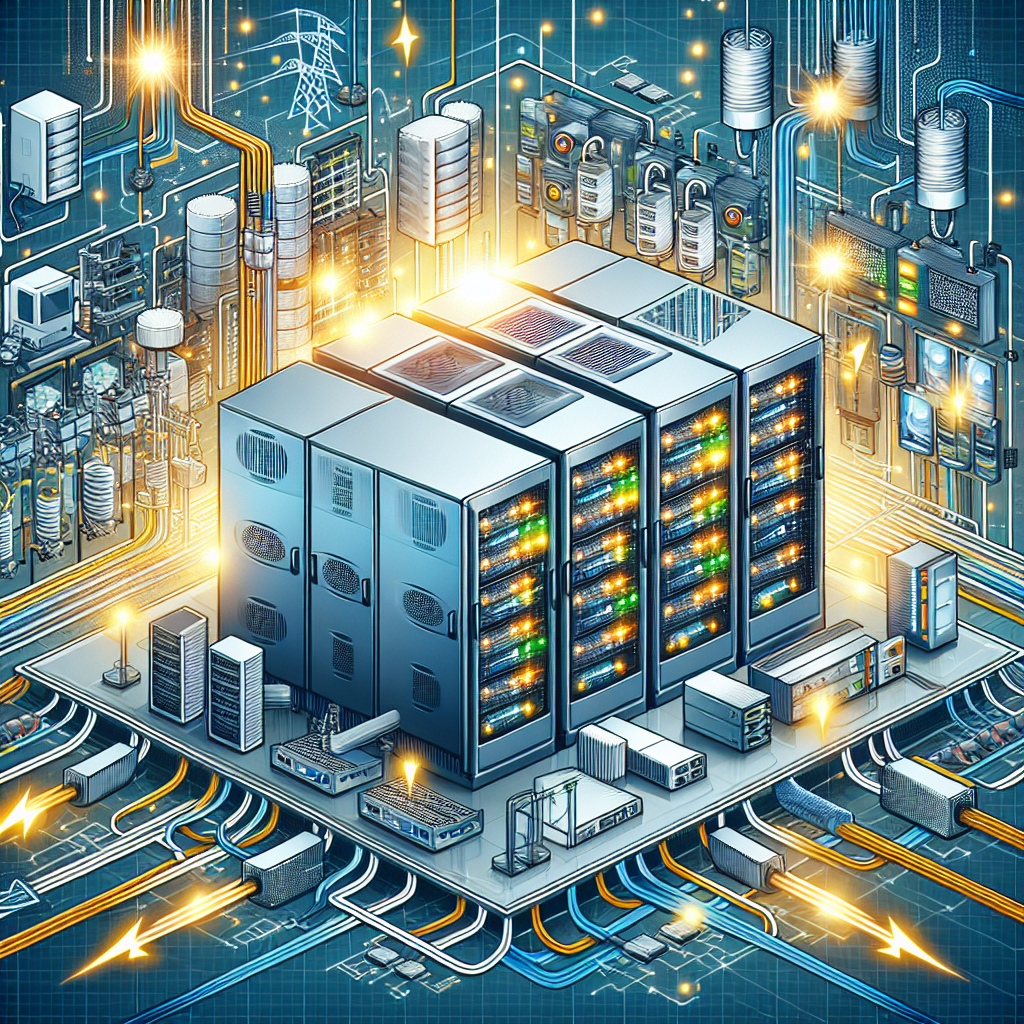In today’s digital age, data centers play a crucial role in storing and processing vast amounts of information. With the increasing demand for data storage and processing power, data centers are constantly facing challenges in power distribution. The ability to efficiently distribute power to servers, storage devices, and networking equipment is essential for the smooth operation of a data center. In this article, we will discuss some of the common challenges faced in data center power distribution and explore potential solutions to address them.
One of the major challenges in data center power distribution is ensuring redundancy and reliability. Data centers rely on a continuous power supply to prevent downtime and ensure data integrity. To address this challenge, data center operators often deploy redundant power distribution units (PDUs) and backup power sources such as uninterruptible power supplies (UPS) and generators. These redundant systems provide backup power in the event of a power outage or equipment failure, ensuring uninterrupted operation of critical infrastructure.
Another challenge in data center power distribution is managing power consumption and efficiency. Data centers consume a significant amount of electricity, and optimizing power distribution is essential for reducing energy costs and minimizing environmental impact. To improve power efficiency, data center operators can implement measures such as virtualization, dynamic power management, and energy-efficient hardware. By consolidating workloads and balancing power usage across servers, data centers can reduce overall power consumption and improve efficiency.
Scalability is also a key challenge in data center power distribution. As data centers grow in size and complexity, the demand for power distribution systems that can scale to meet increasing capacity becomes critical. Modular power distribution solutions, such as modular PDUs and intelligent power management systems, provide scalability and flexibility to accommodate changing power requirements. These modular systems allow data center operators to easily add or remove power distribution units as needed, making it easier to scale power distribution infrastructure to support growth.
In addition to these challenges, data center operators must also consider factors such as cooling requirements, space constraints, and regulatory compliance when designing power distribution systems. Cooling systems are essential for maintaining optimal operating temperatures in data centers, and must be integrated with power distribution infrastructure to ensure efficient cooling and prevent overheating. Space constraints and regulatory requirements may also impact the design and implementation of power distribution systems, requiring careful planning and adherence to industry standards and guidelines.
In conclusion, data center power distribution presents a number of challenges that must be addressed to ensure the reliable and efficient operation of data centers. By implementing redundant power systems, optimizing power consumption, and deploying scalable power distribution solutions, data center operators can overcome these challenges and maintain high levels of uptime and performance. As data centers continue to evolve and expand, it is important for operators to stay ahead of the curve and invest in innovative power distribution solutions to meet the growing demands of the digital economy.


Leave a Reply